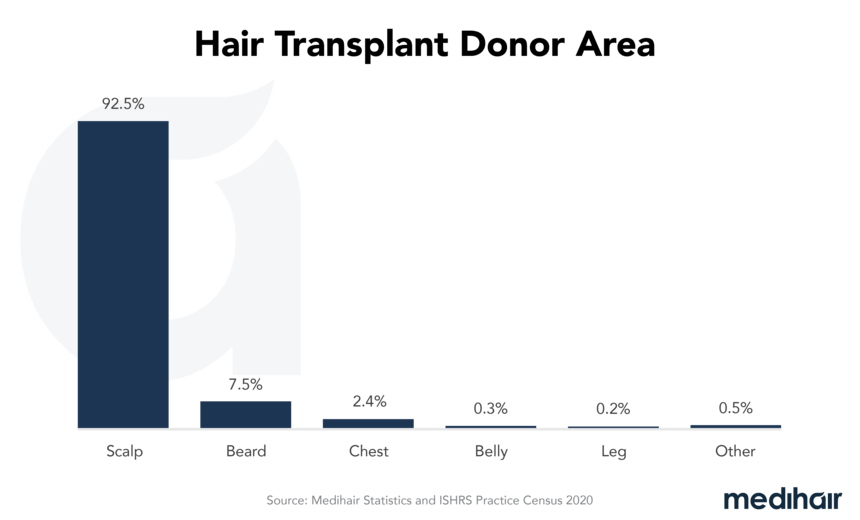How many grafts are needed for a hair transplant?

 Determining the number of grafts you need is one of the most crucial aspects of a hair transplant procedure. The quantity of grafts mainly depends upon individual requirements, needs, and other factors assessed by your doctor. Read on to learn all about hair grafts and how you can estimate the number of grafts prior to a consultation or evaluation.
Determining the number of grafts you need is one of the most crucial aspects of a hair transplant procedure. The quantity of grafts mainly depends upon individual requirements, needs, and other factors assessed by your doctor. Read on to learn all about hair grafts and how you can estimate the number of grafts prior to a consultation or evaluation.
In a Nutshell
| How many? | Depending on hair loss |
| Bold areas | Hairline, Front Third, Front Half |
| Other factors | Donor Region, quality of hair |
| Grafts per Norwood type | e.g. NW 3: 1,500 - 2,700 |
| Donor Areas | Average Donor Capacity |
|---|---|
| Back of the head | 4.000 - 6.000 Grafts |
| Side of the head | 1.000 - 2.000 Grafts |
| Beard | 0 - 2.000 Grafts |
| Breast | 0 - 1.000 Grafts |
- Free
- Fast
- Non-binding
| Norwood Scale | Number Of Grafts |
|---|---|
| 1 | 0 |
| 2 | 700 - 1.500 |
| 2a | 700 - 1.500 |
| 3 | 1,500 - 2,700 |
| 3a | Front: 1,500 - 2,700 | Crown: 500 - 1,000 |
| 4 | Front: 1,900 - 3,200 | Crown: 800 - 1,100 |
| 4a | 2,700 - 3,900 |
| 5 | Front: 2,400 - 3,700 | Crown: 1,000 - 1,500 |
| 5a | 2,700 - 3,900 |
| 6+ | Front: 3,200 - 3,900 | Crown: 1,600 - 2,400 |
Frequently Asked Questions
How many hairs does 1 graft have?
How much do 5000 hair grafts cover?
What is the maximum number of grafts per operation that is advisable?
Sources

